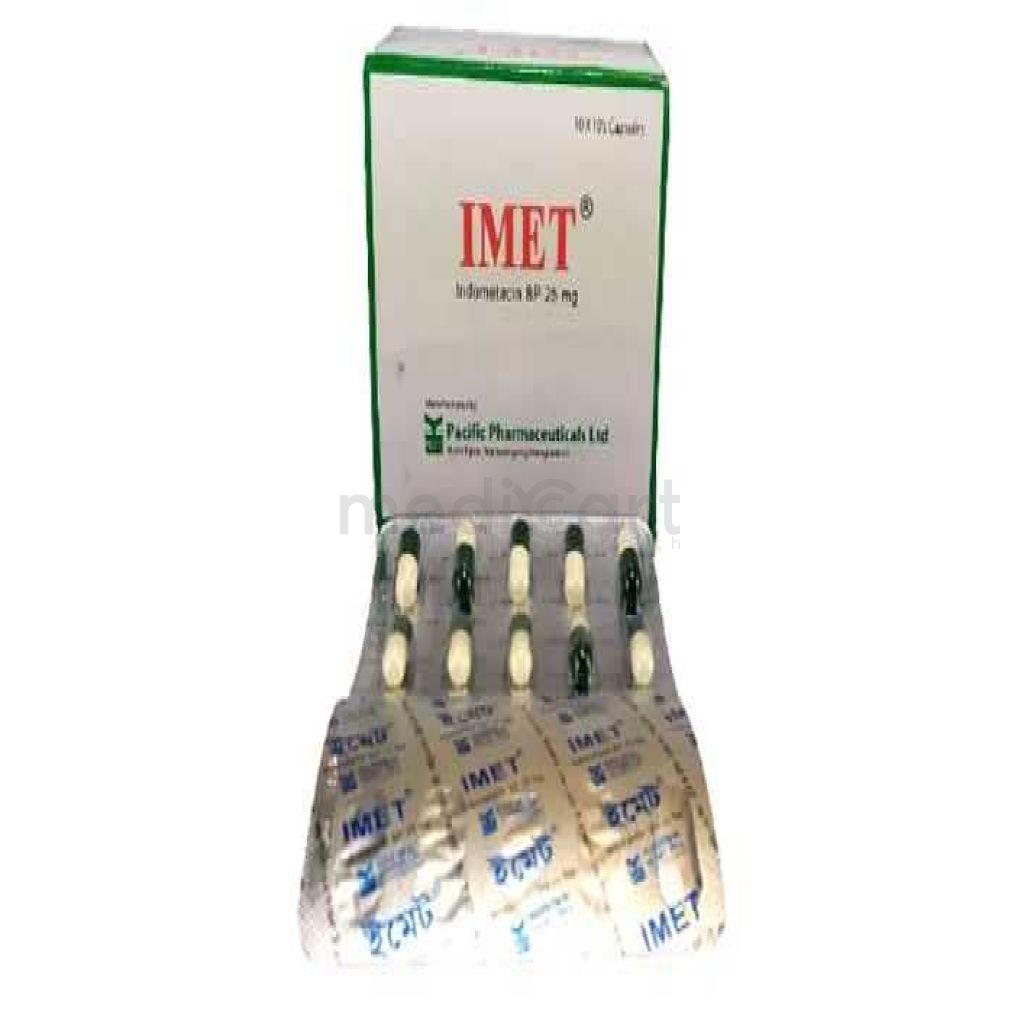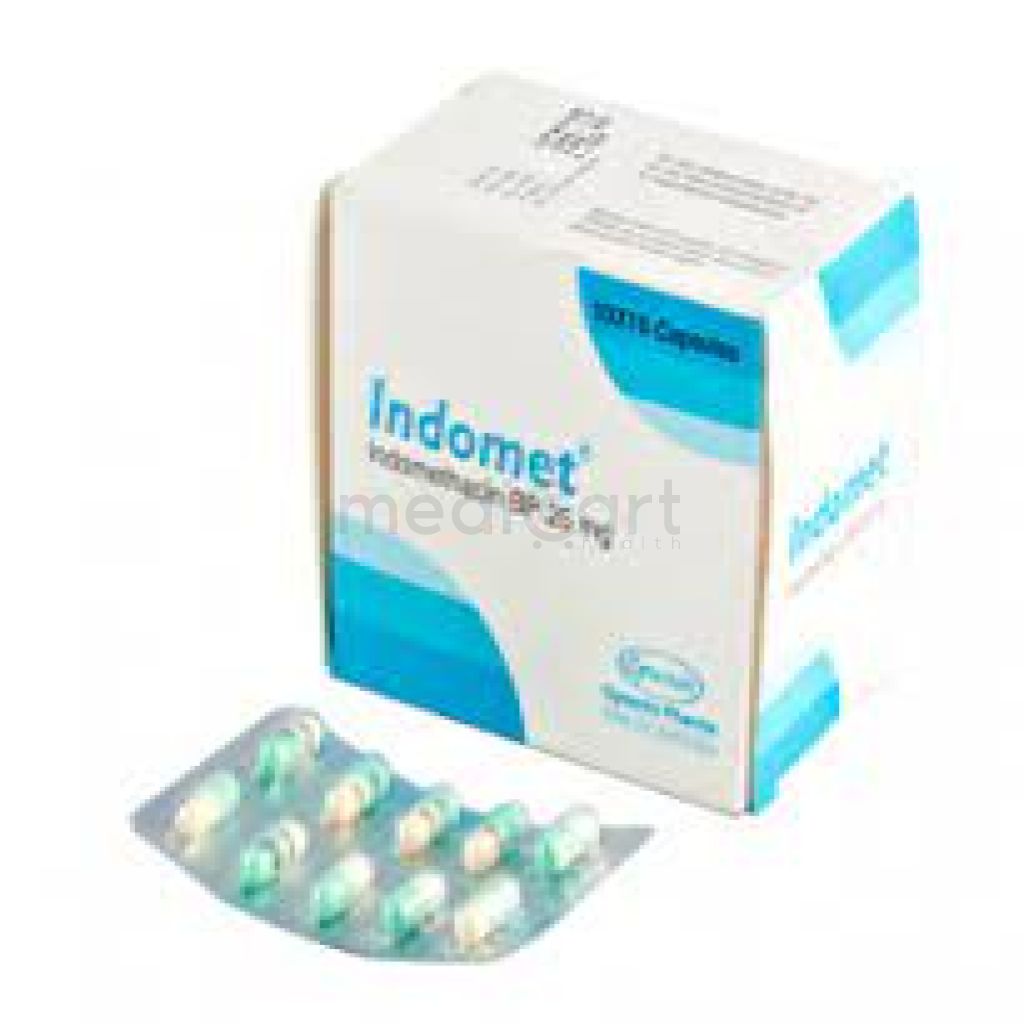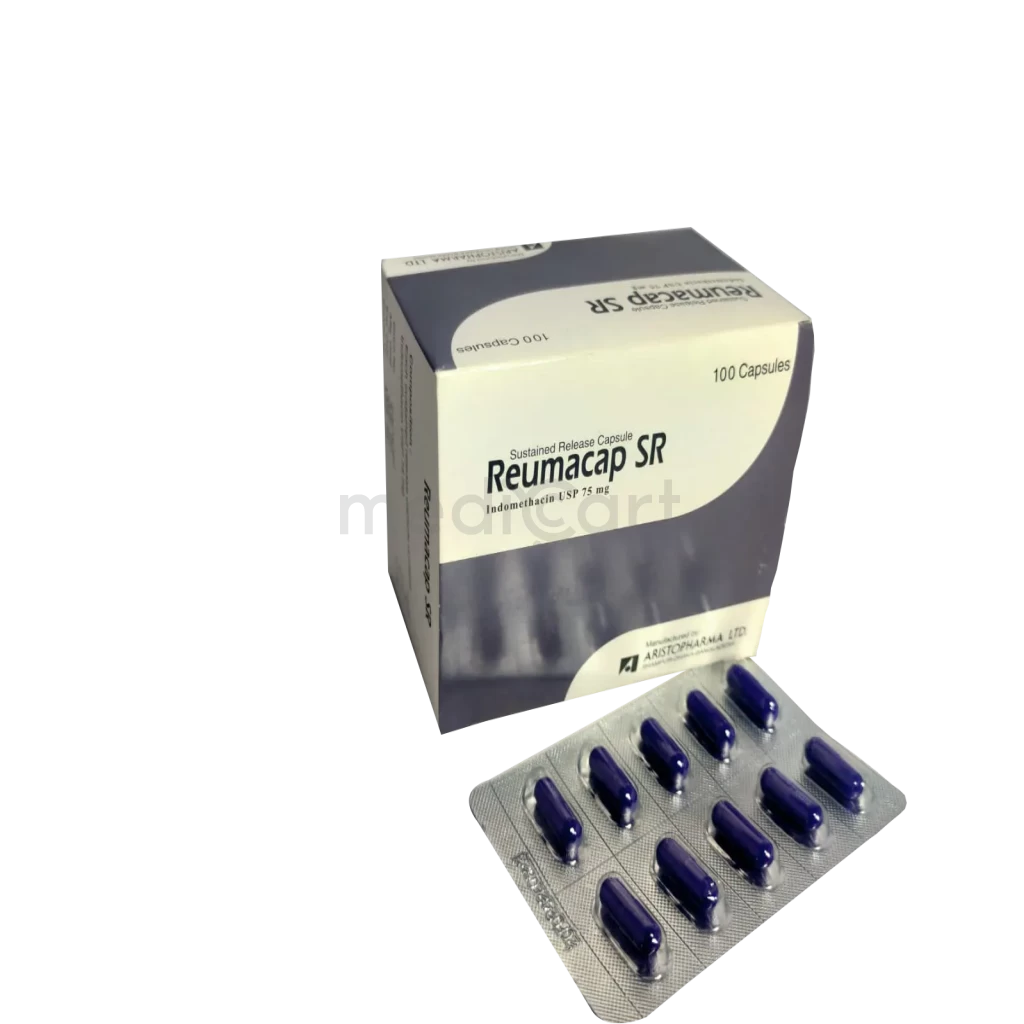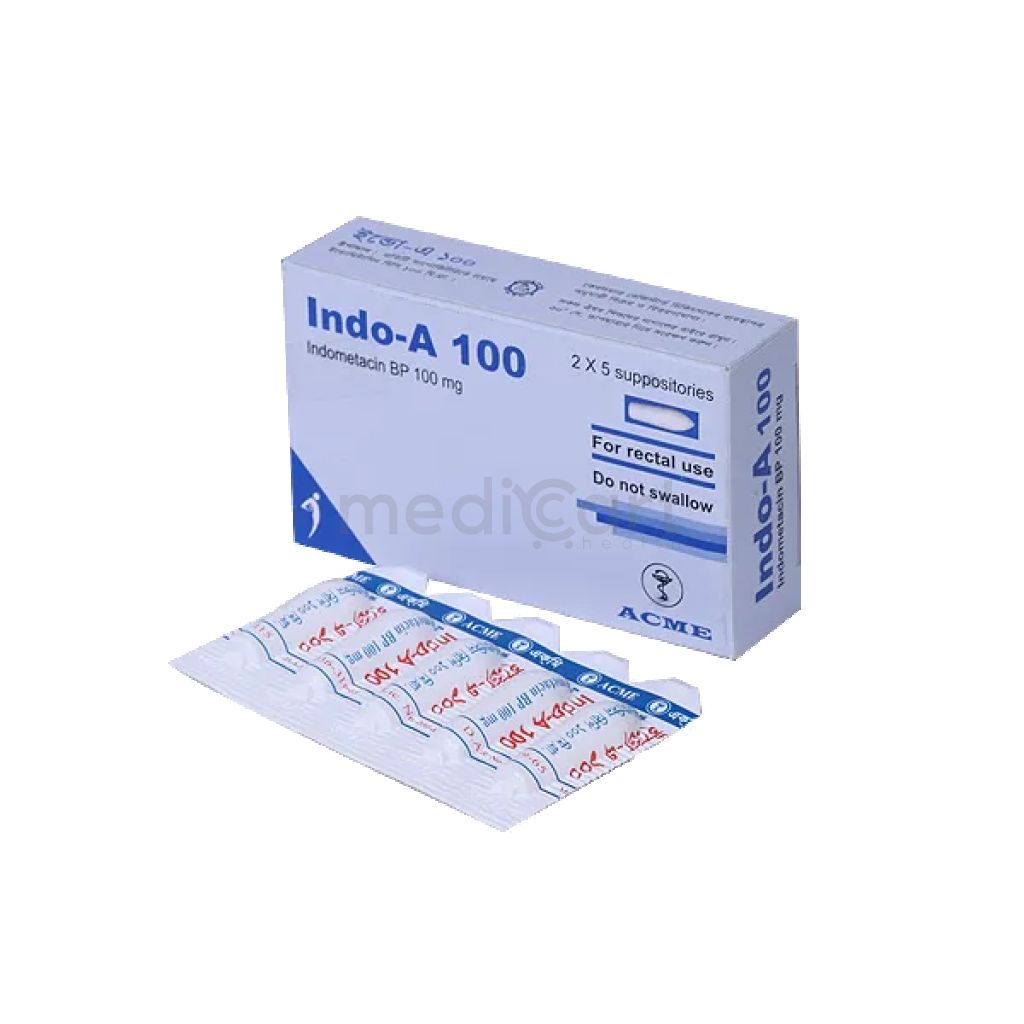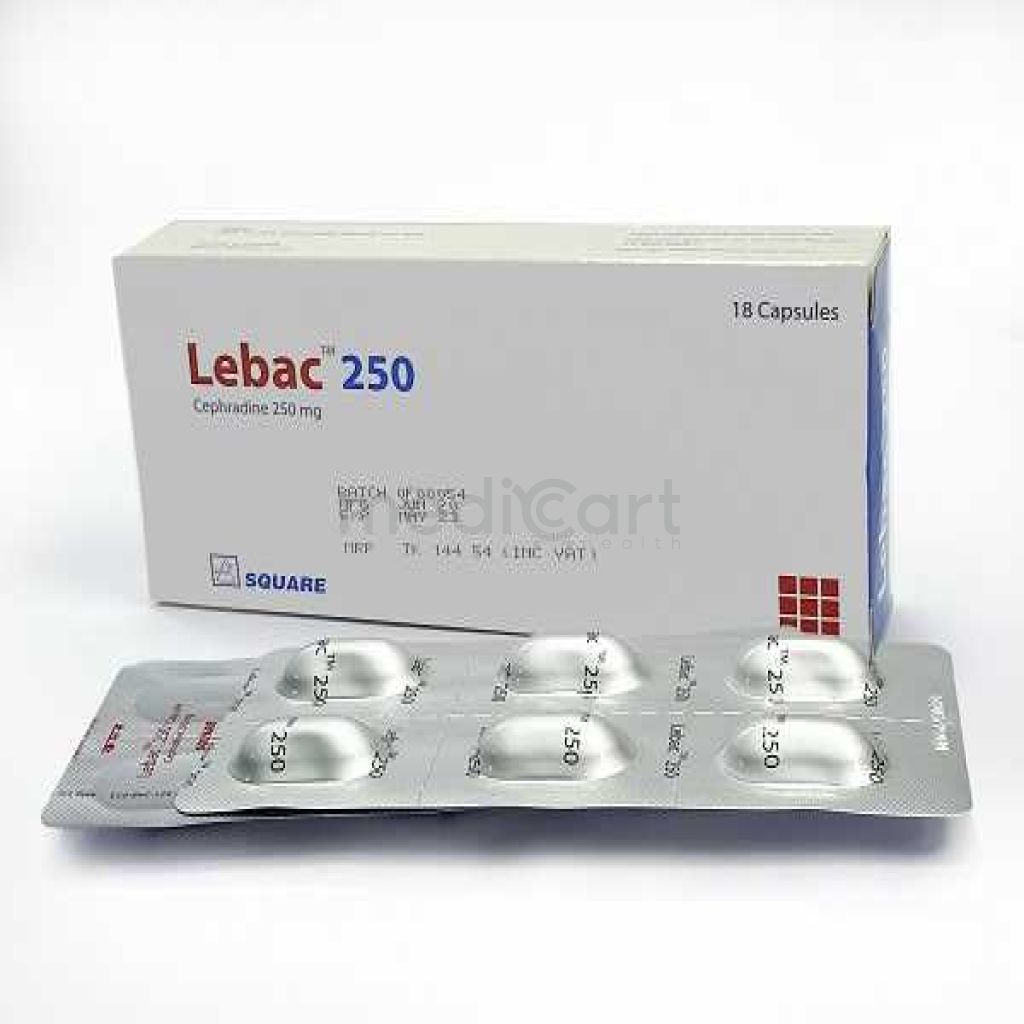

Indo-A 25mg
Capsule
Pack Size :
10 capsule x 1 strip
Generics :
Indomethacin
Manufacturer :
Acme Laboratories Ltd.
Best Price *
TK
10.00
* Delivery will be done in Dhaka city only.
More Information About - Indo-A 25mg
Description
Generic Name
IndomethacinPrecaution
Patient w/ known CV disease or risk factors for CV disease, fluid retention, history of GI disease (e.g. bleeding or ulcers), history of mental depression or other psychiatric disorder, epilepsy, or parkinsonian syndrome; existing infection that is adequately controlled. May mask signs and symptoms of infection. Hepatic and renal impairment. Elderly, childn. Pregnancy and lactation. Lactation: Drug enters breast milk; use not recommended (American Academy of Pediatrics committee states that drug is compatible with nursing)Indication
Rheumatoid arthritis, ankylosing spondylitis, and osteoarthritis (degenerative joint disease), gout, acute non-articular rheumatism (bursitis, synovitis, tendinitis).Contra Indication
Indomethacin is contraindicated in patients with ulcer, gastritis, active ulcerative colitis, and should be used with caution in patients with a history of these disorders. It is also contraindicated in previously hypersensitive patient.Dose
N/ASide Effect
>10% Transient renal insufficiency (40%),Jaundice (<15%),Elevated liver function test values (?15%),Headache (12%) 1-10% Dizziness (3-9%),Dyspepsia (3-9%),Epigastric pain (3-9%),Indigestion (3-9%),Nausea (3-9%) Symptomatic upper GI ulcers, gross bleeding/perforation (4% of patients treated for 1 year; 1% of patients treated for 3-6 months). Abnormal pain/cramps/distress (<3%),Constipation (1-3%),Depression (1-3%),Diarrhea (1-3%),Fatigue (1-3%),Somnolence (1-3%),Tinnitus (1-3%),Vertigo (1-3%) <1% Acute interstitial nephritis with hematuria/proteinuria,Acute respiratory distress,Agranulocytosis,Angioedema,Aplastic anemia,Asthma,Bone marrow depression,Congestive heart failure (CHF),Hemolytic anemia,Leukopenia,Macular and morbilliform eruptions,Pulmonary edema,Thrombocytopenia,Thrombocytopenic purpura,Ulcerative stomatitis,UrticariaPregnancy Category
Name : C
Description
Animal reproduction studies have shown an adverse effect on the fetus and there are no adequate and well-controlled studies in humans, but potential benefits may warrant use of the drug in pregnant women despite potential risksMode of Action
Indometacin, an indole acetic acid derivative has anti-inflammatory, analgesic and antipyretic actions. It reversibly inhibits cyclooxygenase-1 and -2 (COX-1 and -2) enzymes, thus resulting in reduced synthesis of prostaglandin precursors.Interaction
May increase plasma levels of methotrexate. Increased risk of GI bleeding w/ warfarin. May reduce hypotensive effects of hydralazine, furosemide, ?-blockers (e.g. atenolol, propranolol, oxprenolol), or thiazide diuretics. Increased risk of hyperkalaemia w/ K-sparing diuretics, ACE inhibitors, K supplements. May increase nephrotoxic effects of ciclosporin or triamterene. Increase plasma concentration w/ probenecid. May increase plasma levels of aminoglycoside (e.g. amikacin, gentamicin) in premature neonates. May enhance antipsychotic effect (e.g. severe drowsiness and confusion) of haloperidol. Al- or Mg-containing antacids may reduce GI disorders of indometacin. Potentially Fatal: Diflunisal decreases renal clearance and increases plasma concentrations of indometacin which leads to fatal GI haemorrhage.Pregnancy Category Note
Pregnancy category: C Lactation: Drug enters breast milk; use not recommended (American Academy of Pediatrics committee states that drug is compatible with nursing)Adult Dose
Oral Inflammatory/Rheumatoid Disorders Immediate release: 25-50 mg PO q8-12hr; not to exceed 200 mg/day Extended release: 75-150 mg/day PO in single daily dose or divided q12hr; not to exceed 150 mg/day Bursitis/Tendinitis Immediate-release: 75-150 mg/day PO divided q6-8hr Extended-release: 75-150 mg/day PO in single daily dose or divided q12hr Acute Gouty Arthritis 50 mg PO q8hr for 3-5 days; reduced once pain is under control Rectal Pain and inflammation associated with musculoskeletal and joint disorders Adult: As supp: 100 mg to be inserted at night and repeated in the morning if necessary.Child Dose
Inflammatory/Rheumatoid Disorders <2 years: Safety and efficacy not established 2-14 years: 1-2 mg/kg/day PO divided q6-12hr; not to exceed 4 mg/kg/day or 150-200 mg/day >14 years: 25-50 mg IR PO q8-12hr; not to exceed 200 mg/day; 75-150 mg/day ER PO in single daily dose or divided q12hr; not to exceed 150 mg/dayRenal Dose
N/AAdministration
Take with food to avoid gastrointestinal (GI) effectsDisclaimer
The information provided herein are for informational purposes only and not intended to be a substitute for professional medical advice, diagnosis, or treatment. Please note that this information should not be treated as a replacement for physical medical consultation or advice. Great effort has been placed to provide accurate and comprehensive data. However, Medicart along with its authors and editors make no representations or warranties and specifically disclaim all liability for any medical information provided on the site. The absence of any information and/or warning to any drug shall not be considered and assumed as an implied assurance of the Company.

